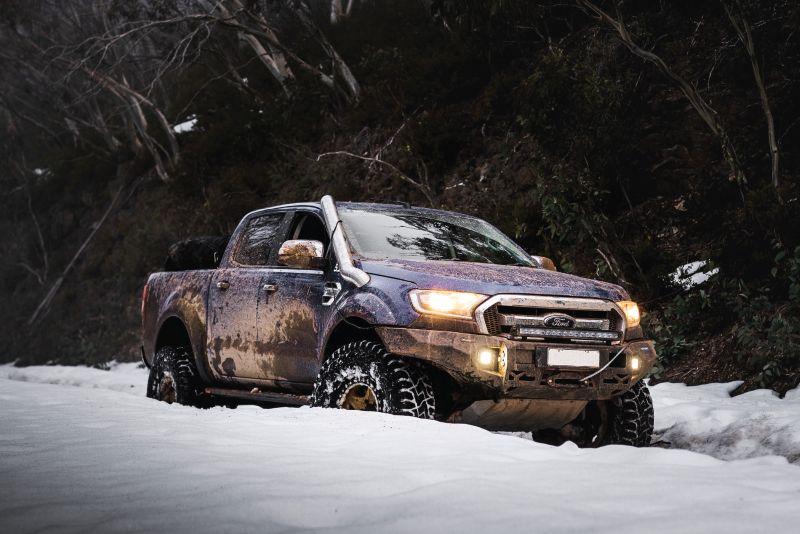The southern hemisphere isn’t known for its icy and snowy road conditions, but that means that come ski season, thousands of drivers head to the slopes with few skills and very little practice at managing these difficult road conditions.
Although owners of all-wheel drive vehicles will have better control in the conditions thanks to the extra traction and surety these drivetrains provide, mastering the tricky road surfaces also has a lot to do with driving techniques and attitude.
Smooth operator
Interestingly, braking in the slippery conditions requires a similar approach to what’s needed when driving to extend brake pad and rotor life – it’s all about taking things more slowly, driving preemptively and avoiding harsh brake applications.
This can be done by lifting off the accelerator earlier when approaching intersections or when negotiating bends; leaving a greater distance to the car in front, and when brakes are required, applying them early, gently and consistently.
Even though all vehicles these days are equipped with ABS and stability control programs, these don’t work as well on ice, so if brakes are applied harshly there’s still a danger of skidding, which not only increases stopping distance but may also affect a driver’s ability to steer away from obstacles.
Owners of manual cars or automatics that allow gear selection, might also choose to select a lower gear as a means of slowing down, particularly on steep descents, as the engine braking will provide extra control and reduce the sole reliance of the brakes to reduce speed.
Quality brake fluid is critical at sub-zero temps
For cold conditions, having a properly maintained brake system is critical to ensure performance and safety. And when it comes to extremely low temperatures, brake fluid health is vital.
New, uncontaminated brake fluid can comfortably cope with low temperatures keeping its viscosity, however as fluid ages problems can arise. Although the braking system is classed as a closed system, gradually moisture enters the system through imperfect seals, microscopic holes in rubber hoses or even when the cap is left off the fluid reservoir for too long.
Eventually the moisture mixes with the brake fluid increasing its water content; this reduces its ability to protect the braking system’s internals against corrosion. It also lessens the fluid’s boiling and freezing points, which reduces how effectively the fluid can transfer hydraulic pressure from the brake master cylinder to the brake calipers.
So with ski season pending, a pre-trip brake fluid check at the local workshop or dealership is a smart move, as is allowing plenty of time to reach the ski fields safely.







